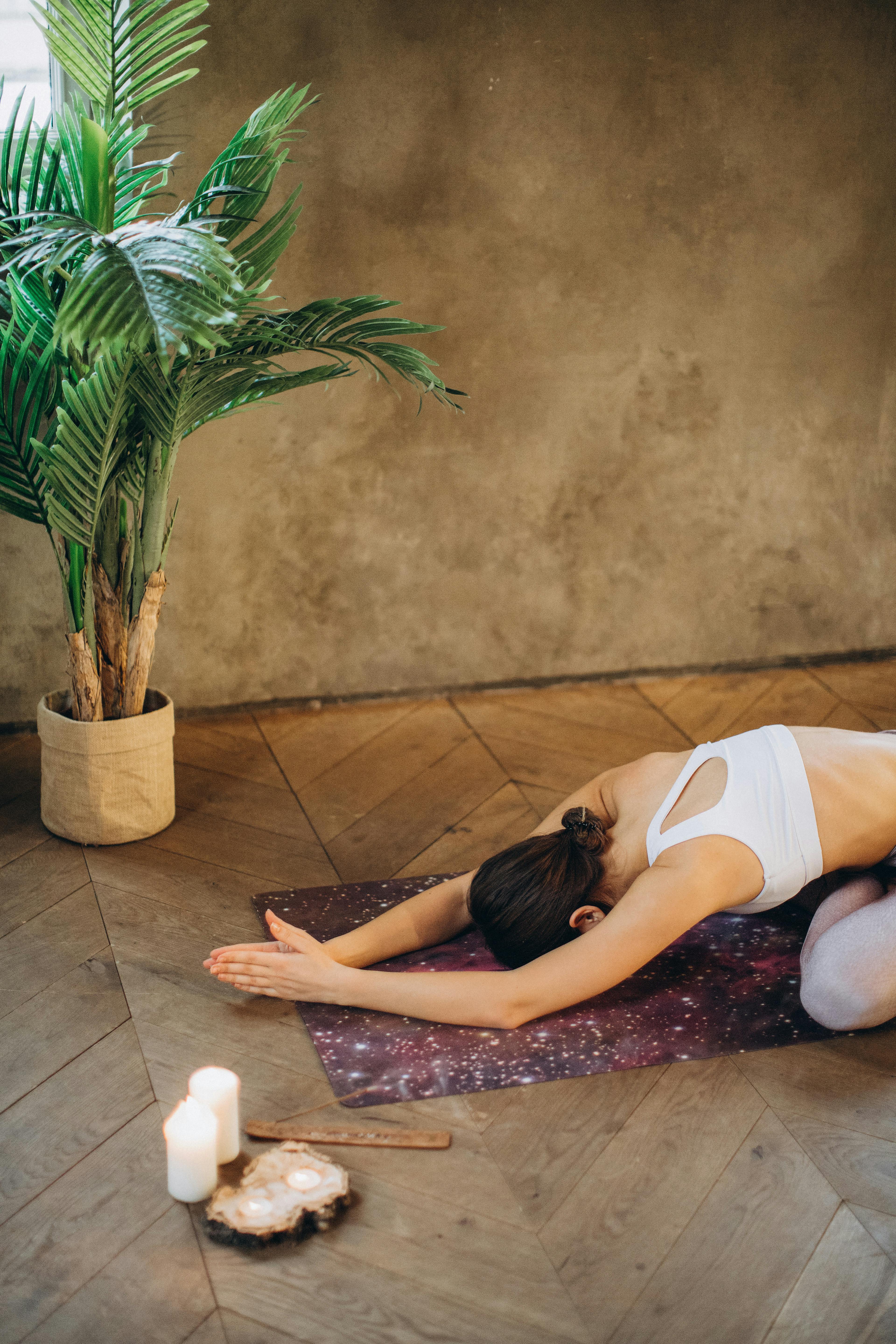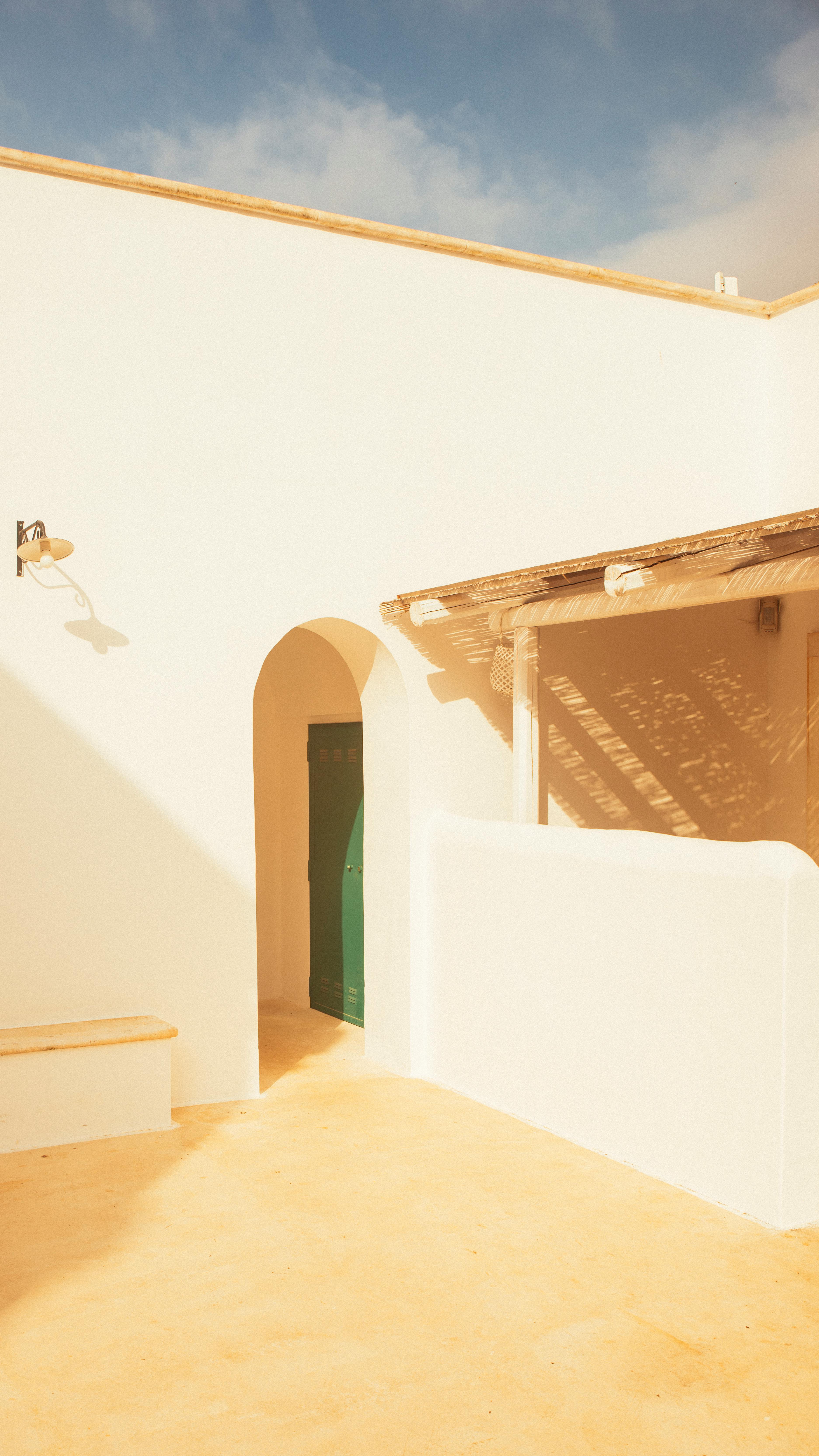Smart Ways to Care for Succulents Indoors in 2025
As the popularity of indoor gardening continues to flourish in 2025, caring for succulents indoors has become an essential skill for plant enthusiasts. These resilient desert plants indoors require specific humidity levels for succulents, light requirements for succulents, and watering succulents appropriately to thrive. This article explores indoor succulent care, discusses common mistakes, and provides practical succulent care tips to help you create a beautiful indoor garden.
Indoor succulents not only enhance home aesthetics but also contribute significantly to indoor air quality. By understanding how to meet their ideal conditions for succulents, plant parents can enjoy a vibrant and thriving indoor oasis. Ready to dive into succulent plant food, potting tips, and more? Let’s explore the key factors involved in growing succulents indoors.
Creating Optimal Conditions for Succulents
With a proper understanding of how to maintain ideal conditions, you can ensure your succulents thrive. One of the most critical elements is selecting suitable placements based on the sunlight for succulents. Succulents flourish in bright, indirect light, and placing them near west or south-facing windows usually provides the best exposure.
Light Requirements for Indoor Succulents
Understanding the light requirements for succulents is essential. Most succulents do best with 6-8 hours of indirect sunlight daily. However, monitor the leaves—if you see signs of sunburn, consider moving your plant slightly away from direct sunlight sources. In low-light conditions, pests affecting succulents can flourish, so it's crucial to evaluate their surroundings regularly.
Watering Schedule for Succulents
Watering succulents properly is vital to prevent complications like root rot. An effective watering schedule for succulents usually involves allowing the soil to dry out completely between waterings. Generally, water your succulents every two weeks, though this can vary based on indoor humidity levels. Tools like moisture meters can help monitor soil dryness and improve watering techniques.
Humidity Levels and Temperature Needs
While succulents prefer low humidity, indoor environments can sometimes be too dry. To address this, consider using a humidity tray or a small humidifier near your plants. Conserving moisture while ensuring temperature regulation for pot plants is essential, as succulents typically thrive in temperatures between 65°F and 75°F. This balance can foster healthy growth.
Choosing the Right Soil and Pots
Using the correct soil mix is a common yet crucial aspect of indoor succulent arrangements. The right soil can significantly enhance the health of your plants.
Succulent Soil Requirements
For optimal growth, use a well-draining potting soil formulated for cacti and succulents. Ingredients like perlite or coarse sand improve aeration and drainage, which helps prevent overwatering issues. Remember, potting soil for succulents should never retain excess moisture as this can lead to various succulent diseases prevention issues.
Container Selection for Succulents
Selecting the right container, such as terracotta pots, can also aid in maintaining the plant's health. These pots absorb excess moisture, helping to keep the soil dry. Choose pots with drainage holes to allow any excess water to escape, preventing the dreaded root rot in succulents.
Decorative Pots for Succulents
Aesthetic appeal enhances indoor gardening, so explore creative ways to display your succulents. Use decorative pots, utilize vertical gardening systems, or DIY succulent pots crafted from recycled materials. This not only upgrades your space but also contributes to the joy of cultivating your own little indoor garden.
Maintaining and Monitoring Succulent Health
After setting up a healthy environment, the next step involves consistent monitoring and care for your succulents to ensure they thrive.
Signs of Healthy Succulents
Regularly check for signs of health, such as firm leaves and vibrant color. Healthy succulents may also produce new growth or offsets. Learning to recognize signs of robust growth can help improve your monitoring succulent health approach and trigger early intervention if needed.
Common Indoor Succulent Mistakes
Many beginners face pitfalls in succulent care, such as overwatering or poor light exposure. It's essential to learn from these common indoor succulent mistakes. Familiarize yourself with signs of distress, such as wilting leaves or discoloration, and adjust your care practices accordingly.
Pruning and Propagating Succulents Indoors
Occasional pruning can encourage healthy growth and prevent overcrowding. Additionally, propagating succulents indoors is an enjoyable way to expand your collection or share them with friends. Learn effective propagation techniques, such as leaf cuttings, to develop new plants successfully.
Addressing Pest Problems and Succulent Diseases
Pest control is another area where indoor gardeners must remain vigilant. Discover effective methods to combat common pests that affect succulents.
Succulent Pest Control
A variety of pests can affect indoor succulents, including mealybugs and aphids. Utilize natural pest deterrents and manual removal techniques to maintain plant health. Regular inspections can help you catch infestations early, thereby preventing substantial damage.
Preventing Common Succulent Diseases
Identifying signs of succulent diseases prevention involves recognizing symptoms like brown spots or mushy leaves. Implementing proper cultural practices, such as correct watering methods and ensuring good air circulation, can drastically reduce the likelihood of disease.
Handling Seasonal Adjustments for Plant Care
Succulents require adjusted care throughout the year. During winter months, reduce watering frequency and strive to maintain their preferred temperature range. Be cognizant of any changes in light exposure, and consider rotating your plants to ensure even growth.
Tips for Creating Beautiful Succulent Displays
Now that you have a solid foundation for care, let's consider how to showcase your succulents beautifully within your home.
Creative Succulent Garden Ideas
Explore innovative ways to position your favorited plant varieties! Try creating layered arrangements, utilizing decorative trays, or grouping different species together to enhance the visual appeal of your succulents. Experiment with height variation by adding elements like stones or driftwood for added texture.
Indoor Succulent Arrangements
Utilize different plant textures and shapes in your indoor displays to create stunning arrangements. Some of the best indoor succulents, such as jade plants, echeveria, and haworthia, can complement each other when creatively arranged. Incorporate elements from other container gardening basics to enhance the overall look.
Succulents and Air Quality
Lastly, remember that incorporating indoor succulents not only enriches your home decor but also provides benefits like improving indoor air quality. Their unique ability to convert carbon dioxide into oxygen makes cultivating a thriving succulent display an investment in your health as well.
Conclusion
With these smart ways to care for succulents indoors, you can cultivate a stunning collection that adds vibrancy and improves your living space's air quality. Monitor conditions, choose the appropriate soil and containers, maintain health, and create beautiful displays. As you continue enhancing your skills, your succulents will thrive, bringing joy to your indoor gardening experience.
 example.com/image2.png
example.com/image2.png
 example.com/image3.png
example.com/image3.png
